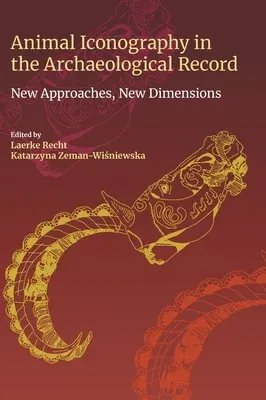Animals pervade our daily lives in the present, and have pervaded them
in the past. From the smallest bugs through pets and agricultural
animals to elephants and blue whales, animals, animal-derived products
and representations of animals can be found everywhere. This book
focuses on the representations of animals in the past: How were animals
represented in iconography, and how did a craftsperson interpret animals
within his or her own cultural context? What do the representations tell
us about the role and function of animals, as well as of the
representations themselves?
This collection explores these questions through images of animals.
Starting in the Neolithic and ending in the Medieval period, from
Northern Europe and the Mediterranean through Siberia and the Baltic, we
have the privilege of encountering lions, horses, dogs, monkeys, birds
and octopuses, among many other wonderful creatures. The images of these
animals are explored using technologies such as 3D modelling,
emphasizing the dimensionality of objects, and through theoretical and
interdisciplinary approaches that examine the intersection of the human
and the animal, challenging the conception of animals purely as objects.
The significance of animals in all aspects of our lives makes the study
of human-animal relations and interactions an extremely relevant one,
both to the present and to our understanding of the past. The essays
collected here demonstrate that relevance in clear and engaging ways.
This book is an important and exciting contribution to the study of
human-animal relations. It should be of interest to anyone working on
this topic and on the interpretation of images - both modern and
ancient.

